Recommendations for Fully Vaccinated People
COVID-19 Homepage
How to Protect Yourself and Others
COVID-19 Prevention Actions
There are many ways your actions can help protect you, your household, and your community from severe illness from COVID-19. CDC’s COVID-19 hospital admission levels provide information about the amount of severe illness in the community where you are located to help you decide when to take action to protect yourself and others.
Prevention Actions to Use at All COVID-19 Community Levels
In addition to basic health and hygiene practices, like handwashing, CDC recommends some prevention actions at all COVID-19 hospital admission levels, which include:
Build Your Personal COVID-19 Plan
Put together your COVID-19 plan so you have all the information you need on hand if you get sick with COVID-19. Download, edit and save, and share your plan with your family, friends, and healthcare provider.
File Details: 561 KB, 3 pages
Staying Up to Date with COVID-19 Vaccines
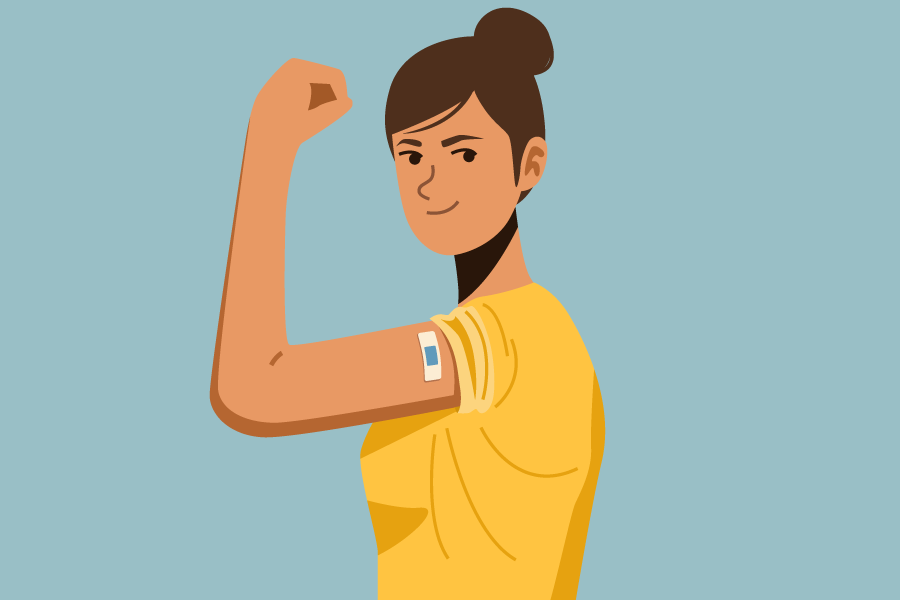
COVID-19 vaccines help your body develop protection from the virus that causes COVID-19. Although vaccinated people sometimes get infected with the virus that causes COVID-19, staying up to date on COVID-19 vaccines significantly lowers the risk of getting very sick, being hospitalized, or dying from COVID-19. CDC recommends that everyone stay up to date on their COVID-19 vaccines, especially people with weakened immune systems.
To find COVID-19 vaccine locations near you: Search vaccines.gov, text your ZIP code to 438829, or call 1-800-232-0233.
Improving Ventilation and Spending Time Outdoors
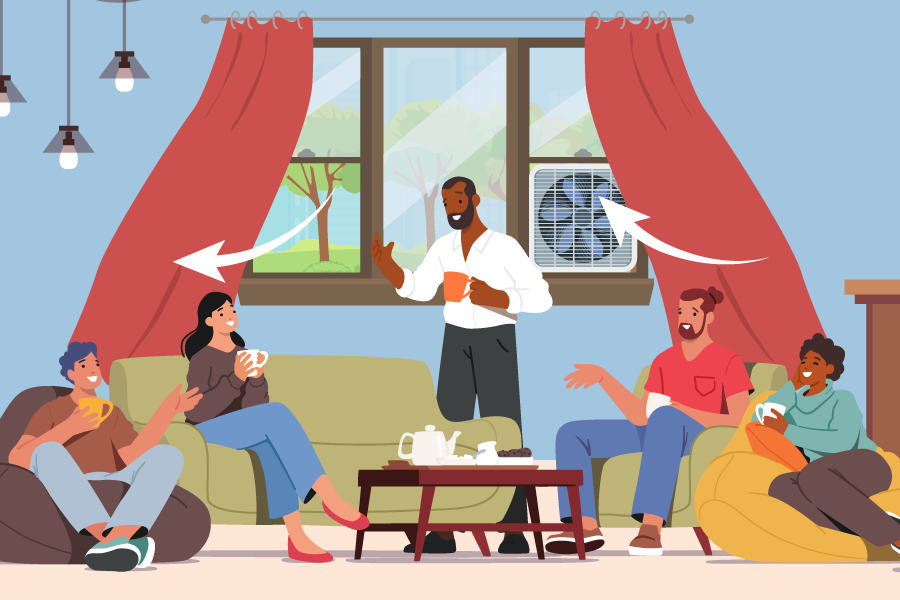
Improving ventilation (moving air into, out of, or within a room) and filtration (trapping particles on a filter to remove them from the air) can help prevent virus particles from accumulating in indoor air. Improving ventilation and filtration can help protect you from getting infected with and spreading the virus that causes COVID-19. Spending time outside when possible instead of inside can also help: Viral particles spread between people more readily indoors than outdoors.
Actions that can improve ventilation and filtration include:
- Bringing in as much outdoor air as possible—for example, opening windows.
- Increasing air filtration in your heating, ventilation, and air conditioning (HVAC) system, such as by changing filters frequently and using filters that are properly fitted and provide higher filtration.
- Using portable high-efficiency particulate air (HEPA) cleaners.
- Turning on exhaust fans and using other fans to improve air flow.
- Turning your thermostat to the “ON” position instead of “AUTO” to ensure your HVAC system provides continuous airflow and filtration.
CDC’s interactive ventilation tools can help you see how much you can improve ventilation in your home or school.
Moving indoor activities outdoors
You are less likely to be infected with COVID-19 during outdoor activities because virus particles do not build up in the air outdoors as much as they do indoors. As the COVID-19 hospital admission level rises, consider increasing the number of group activities you move outside.
Financial support may be available to certain entities, like schools, to make ventilation improvements.
Getting Tested for COVID-19
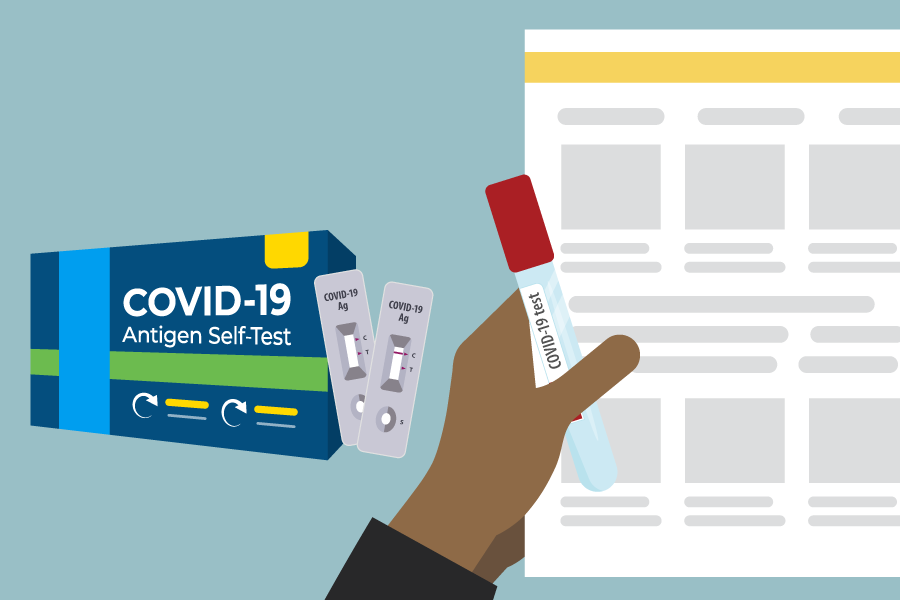
Get tested if you have COVID-19 symptoms. A viral test tells you if you are infected with the virus that causes COVID-19. If you have COVID-19 symptoms, you should get tested for COVID-19 immediately. If you have been exposed to COVID-19 and do not have symptoms, you should test 5 full days after your exposure. If you do not test at the right time, you are more likely to get an inaccurate test result.
You may choose to get a PCR test at a testing site or healthcare facility. PCR tests are more likely to detect the virus compared to antigen tests. Rapid antigen tests provide results quickly and are available at testing sites or for use at-home. FDA recommends 2 negative antigen tests (if you have symptoms) or 3 negative antigen tests (if you do not have symptoms), performed 2 days (48 hours) apart to be confident that you do not have COVID-19.
Even when you don’t have symptoms or a recent exposure to COVID-19, testing may help you make informed decisions about your health and your risk of spreading COVID-19 to others, especially those who are at higher risk of severe illness.
Following Recommendations for What to Do If You Have Been Exposed
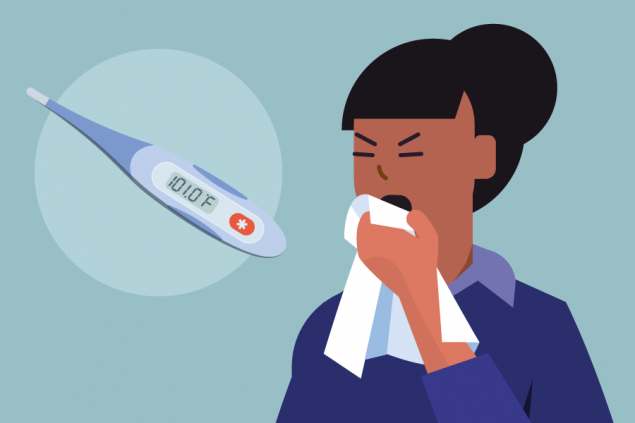
If you were exposed to someone with COVID-19, you may have been infected with the virus. Follow CDC’s recommendations for what to do if you were exposed. This includes wearing a high-quality mask when indoors around others (including inside your home) for 10 days, testing, and monitoring yourself for symptoms.
Staying Home When You Have Suspected or Confirmed COVID-19
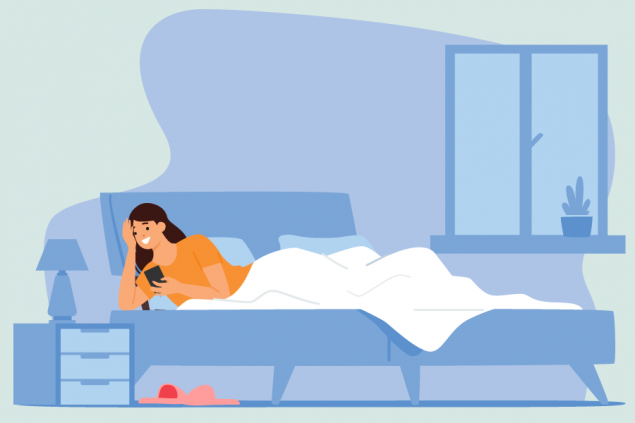
If you have COVID-19, you can spread it to others, even if you do not have symptoms. If you have symptoms, get tested and stay home until you have your results. If you have tested positive (even without symptoms), follow CDC’s isolation recommendations. These recommendations include staying home and away from others for at least 5 days (possibly more, depending on how the virus affects you) and wearing a high-quality mask when indoors around others for a period of time.
Seeking Treatment If You Have COVID-19 and Are at High Risk of Getting Very Sick
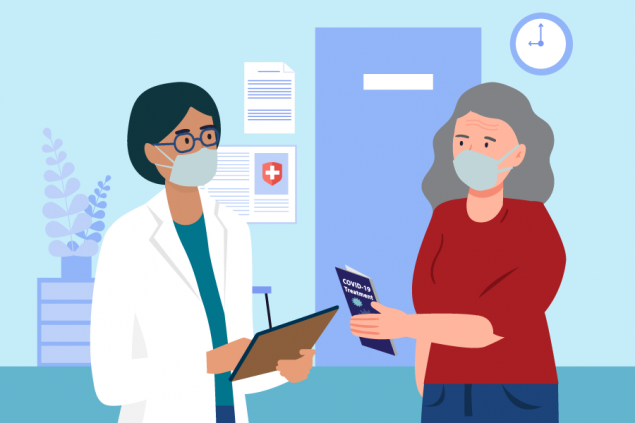
Effective treatments are now widely available and free, and you may be eligible.
- Contact your healthcare provider, health department, or Community Health Center to learn about treatment options.
- Don’t delay! Treatment must be started within a few days after you first develop symptoms to be effective.
- If you don’t have timely access to a healthcare provider, check if a Test to Treat location is in your community. You can get tested, receive a prescription from a healthcare provider (either onsite or by telehealth), and have it filled all at one location.
Avoiding Contact with People Who Have Suspected or Confirmed COVID-19
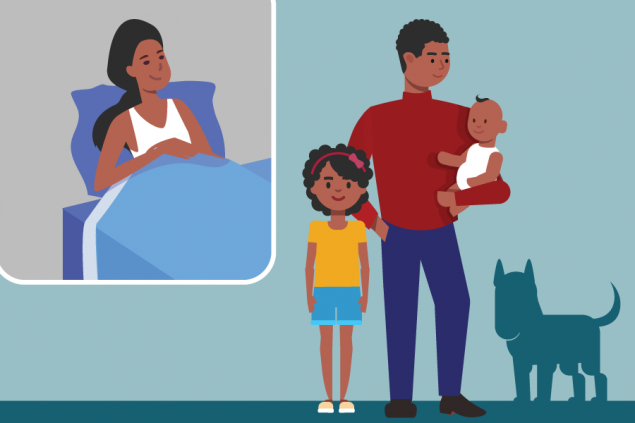
Avoiding contact with people who have COVID-19, whether or not they feel sick, can reduce your risk of catching the virus from them. If possible, avoid being around a person who has COVID-19 until they can safely end home isolation. Sometimes it may not be practical for you to stay away from a person who has COVID-19 or you may want to help take care of them. In those situations, use as many prevention strategies as you can, such as practicing hand hygiene, consistently and correctly wearing a high-quality mask, improving ventilation, and keeping your distance, when possible, from the person who is sick or who tested positive.
Prevention Actions to Add as Needed
There are some additional prevention actions that may be done at any level, but CDC especially recommends considering in certain circumstances or at medium or high COVID-19 hospital admission levels.
Wearing Masks or Respirators

Masks are made to contain droplets and particles that you breathe, cough, or sneeze out. A variety of masks are available. Some masks provide a higher level of protection than others.
Respirators (for example, N95) are made to protect you by fitting closely on the face to filter out particles, including the virus that causes COVID-19. They can also block droplets and particles you breathe, cough, or sneeze out so you do not spread them to others. Respirators (for example, N95) provide higher protection than masks.
When wearing a mask or respirator (for example, N95), it is most important to choose one that you can wear correctly, that fits closely to your face over your mouth and nose, that provides good protection, and that is comfortable for you.
Increasing Space and Distance

Small particles that people breathe out can contain virus particles. The closer you are to a greater number of people, the more likely you are to be exposed to the virus that causes COVID-19. To avoid this possible exposure, you may want to avoid crowded areas, or keep distance between yourself and others. These actions also protect people who are at high risk for getting very sick from COVID-19 in settings where there are multiple risks for exposure.
Additional Resources
- COVID-19 Hospital Admission Levels
- Science Brief: SARS-CoV-2 Transmission
- Science Brief: Indicators for Monitoring COVID-19 Community Levels and Making Public Health Recommendations
- Science Brief: Community Use of Masks to Control the Spread of SARS-CoV-2
- Science Brief: COVID-19 Vaccines and Vaccination
